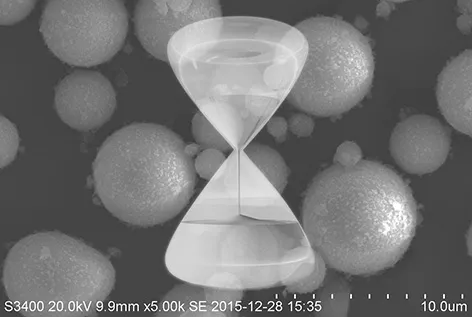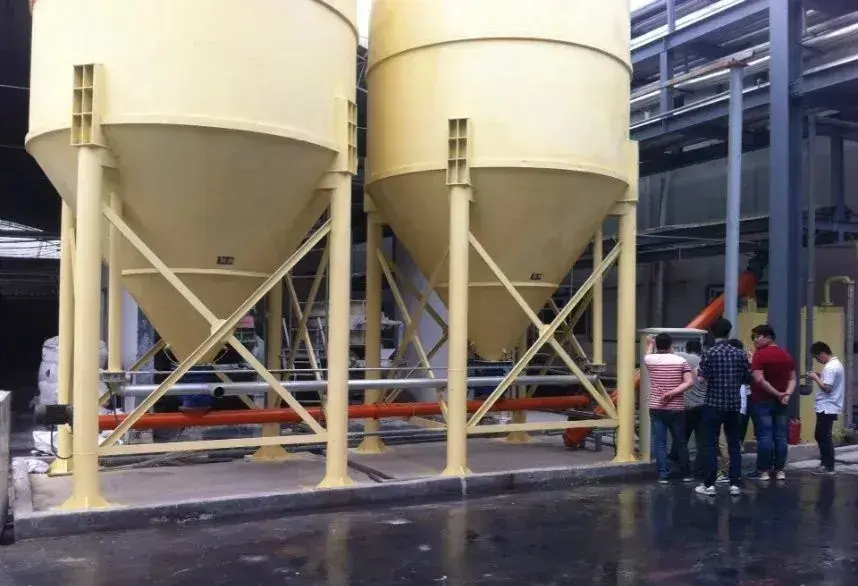In rubber modification, seven types of non-metallic mineral powders are commonly used, each offering distinct properties and mechanisms of action. These variations arise from structural differences, contributing to enhanced performance and functionality in rubber products.
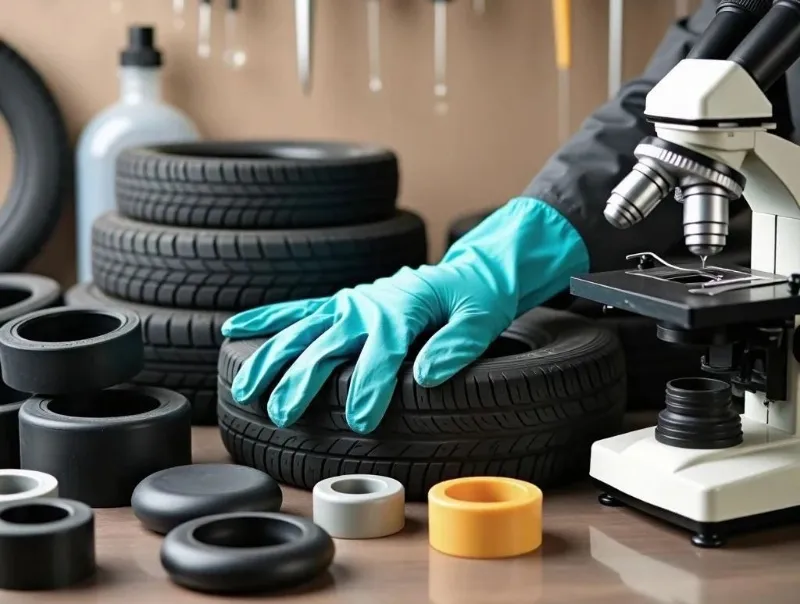
seven powders in rubber modification Classification and Characteristics
Calcium Carbonate (CaCO₃)
- Mineral Properties: Classified into heavy (naturally crushed), light (chemically precipitated), and nano-sized forms. Heavy calcium has a density of 2.7-2.9 g/cm³ and low oil absorption (20-30 ml/100g); light calcium has finer particles (0.5-3 μm) and higher oil absorption (40-60 ml/100g); nano-calcium has a particle size <100 nm with a surface area of 50-80 m²/g.
- Mechanism:
- Cost Reduction: Fillers can reach up to 50-100 parts, reducing the amount of raw rubber needed.
- Partial Reinforcement: Light calcium interacts with rubber molecules via surface hydroxyl groups, enhancing tensile strength (10-15 MPa) and tear strength (20-30 kN/m).
- Insulation: In cable sheaths, it reduces dielectric loss.
- Modification: Treatment with stearic acid or coupling agents improves dispersion and reinforcement similar to silica.
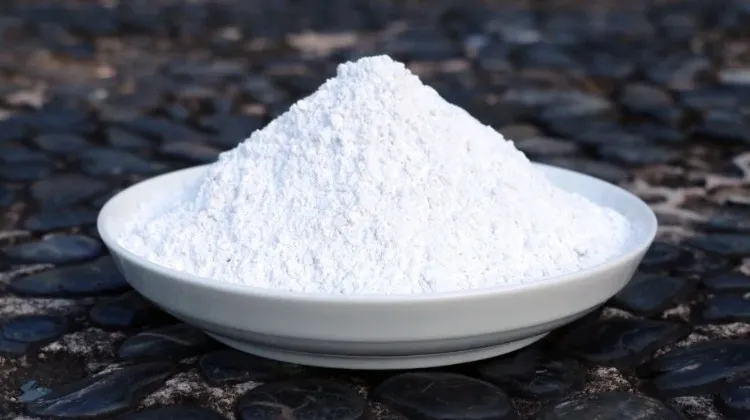
Kaolin (Al₂Si₂O₅(OH)₄)
Mineral Properties: A 1:1 layer silicate with a density of 2.6 g/cm³, rich in surface hydroxyl groups and an isoelectric point of pH 4.5. After high-temperature calcination, it forms mullite.
Mechanism of Action:
- Enhancement & Processing Modification: The flaky structure prevents crack propagation, improving the modulus at elongation (10-15 MPa); surface hydroxyl groups adsorb vulcanization accelerators, shortening vulcanization time.
- Functional Filler: Replaces part of titanium dioxide in white rubber, reducing costs. Nano-kaolin (particle size <100 nm) can replace 20% of carbon black, improving thermal stability by 50°C.
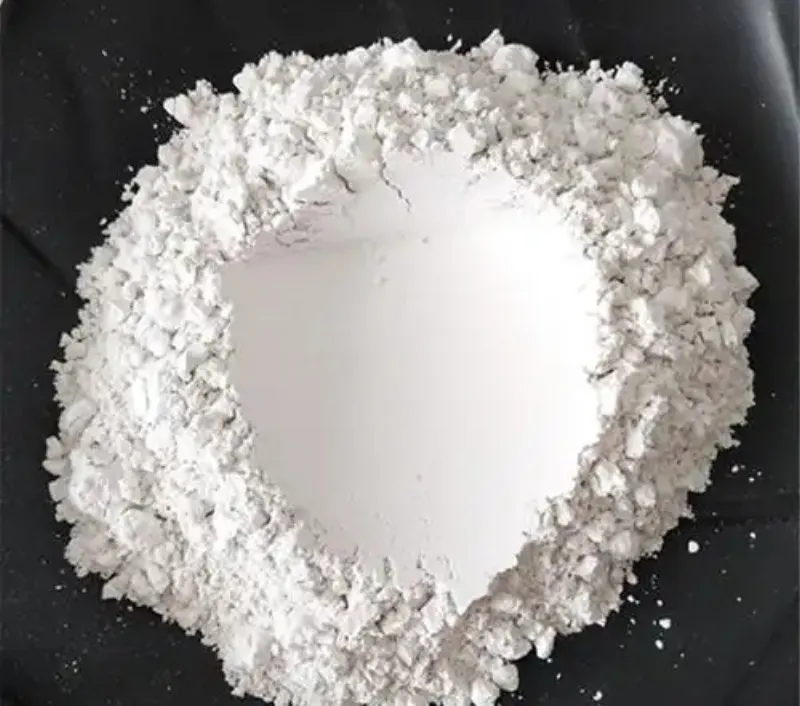
Wollastonite (CaSiO₃)
Mineral Properties: Needle-like crystals with a length-to-width ratio of 10-20:1, a density of 2.8 g/cm³, and high-temperature resistance (1540°C).
Mechanism of Action:
- Structural Enhancement: Needle-like structure forms a three-dimensional network, increasing tensile strength by 30% (15-20 MPa) and tear strength to 35 kN/m.
- Anti-Slip Properties: Modified wollastonite increases friction coefficient by 40% on ice surfaces, making it suitable for winter tires.
- Modification Technology: Stearic acid treatment enhances hydrophobicity, increasing the contact angle from 30° to 120°, significantly improving dispersibility.

Sepiolite (Mg₈Si₁₂O₃₀(OH)₄(H₂O)₄·8H₂O)
Mineral Properties: Fiber-like porous structure with a specific surface area of 200-300 m²/g and pore diameters of 0.36×1.06 nm.
Mechanism of Action:
- Physical Entanglement: Fibers 1–5 μm in length create a “reinforced concrete” structure with rubber molecules, enhancing tensile strength by 25% (18-22 MPa).
- Flame Retardant Synergy: Adsorbs flame retardants and releases them gradually, increasing the oxygen index from 21% to 28%.
- Modification Breakthrough: After silane coupling agent modification, composite materials improve wet traction by 12% and reduce rolling resistance by 18%, meeting EU labeling standards.
Mica (KAl₂(AlSi₃O₁₀)(OH)₂)
Mineral Properties: Layered silicate with a length-to-thickness ratio >100, dielectric strength >20 kV/mm, and high-temperature resistance (800°C).
Mechanism of Action:
- High-Temperature Insulation: Nano-mica composites can achieve dielectric breakdown strength up to 25 kV/mm for thermal runaway protection in power batteries.
- Gas Barrier Enhancement: The flaky structure prevents gas penetration, reducing inner tube air permeability in tires by 50%.

Talc (Mg₃Si₄O₁₀(OH)₂)
Mineral Properties: Layered silicate with a density of 2.7 g/cm³, Mohs hardness of 1-1.5, and excellent electrical insulation properties.
Mechanism of Action:
- Lubrication & Demolding: Reduces mold adhesion in compression-molded products, improving production efficiency.
- High-Temperature Fillers: Enhances heat resistance to 250°C in silicone rubber, making it suitable for high-temperature seals.
Diatomaceous Earth (Amorphous SiO₂)
Mineral Properties: Porous structure with a surface area of 50-200 m²/g, density of 2.2 g/cm³, and an adsorption capacity of 30-50%.
Mechanism of Action:
- Ceramic Fireproofing: In ethylene-propylene-diene monomer (EPDM) rubber, it forms a dense ceramic layer with glass powder, achieving an oxygen index of 32% and vertical burn rating of V-0.
- Adsorption & Slow Release: Adsorbs flame retardants (e.g., cage-type silsesquioxane) and releases them at high temperatures, forming a protective layer.

Mechanism of Action and Modification Techniques
Interface Binding Optimization:
Coupling agents (e.g., silanes, titanates) chemically bond the filler and rubber, increasing interface adhesion from 5–10 mJ/m² to 50–80 mJ/m².
Surface coatings (e.g., stearic acid) reduce surface energy, improving dispersion and reducing agglomerate sizes from 10 μm to under 1 μm.
Synergistic Enhancement Effect:
Nano-fillers (e.g., nano-CaCO₃, kaolin) generate quantum tunneling effects due to their small size (<100 nm), improving rubber modulus by 30-50%.
Multi-scale composites (e.g., graphene + talc) form a “rigid-flexible” structure, increasing both strength (15–20 MPa) and toughness (fracture elongation of 500-600%).
Some typical application scenarios
| Filler types | Representative Products | Key Performance Indicators | Key Modification Technologies |
| Nano-calcium carbonate | Tire Sidewall Rubber | Tensile Strength 18MPa, Permanent Set <10% | Stearic acid treatment + ultrasonic dispersion |
| Modified kaolin | White Shoe Sole | Shore A Hardness 70-75, Abrasion Resistance <0.2cm/1.61km | Silane coupling agent + spray drying |
| Wollastonite | Winter Tire Tread | Ice Friction Coefficient 0.35, Rolling Resistance Reduced by 15% | Stearic acid + coupling agent combination |
| Sepiolite | New Energy Battery Seal | Heat Resistance 200°C, Compression Set <15% | Silane modification + vacuum drying |
| Mica | Power Battery Thermal Insulation | Penetration Resistance 25kV/mm, Thermal Conductivity 0.8w/m² | Nano-exfoliation + resin coating |
| Magnesium hydroxide | High-Speed Rail Cable Jacket | Oxygen Index 32%, Smoke Density <15 | Surface grafting with acrylic acid |
| Diatomaceous earth | Fireproof Sealant | Vertical Combustion V-0 Grade 1, smoke emission <50m² | Plasma activation + glass powder synergy |
| Graphene masterbatch | High-Performance Tire Tread | Wear reduction by 40%, braking distance on wet roads shortened by 10% | Plasma treatment + continuous mixing |
Technical Trends
Functionality Integration: Develop multifunctional fillers that offer reinforcement, flame retardancy, and thermal conductivity (e.g., graphene + minerals/graphene + alumina systems) to meet the dual needs of lightweight and safety in new energy vehicles.
Green Processing: Promote low-energy technologies like plasma modification and supercritical fluid treatment to reduce VOC emissions during surface treatment.
Raw Material Recycling: Use industrial solid waste such as coal gangue and red mud to replace minerals like wollastonite and kaolin, achieving sustainable development by “replacing ore with waste.”
Epic Powder
By leveraging Epic Powder’s advanced grinding and processing equipment, the optimal selection and modification of mineral fillers, including the seven powders in rubber modification, can be achieved with precision. With over 20 years of expertise in ultrafine powder technology, Epic Powder provides tailored solutions for grinding and surface modification, enhancing the performance of fillers like calcium carbonate, kaolin, and wollastonite. By fine-tuning the particle size and distribution, as well as improving dispersion and interface bonding, Epic Powder’s state-of-the-art equipment ensures that rubber products meet the highest standards for strength, durability, and cost-effectiveness.
